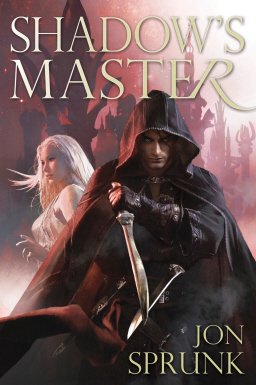Enter to Win One of Five Copies of King of Chaos by Dave Gross
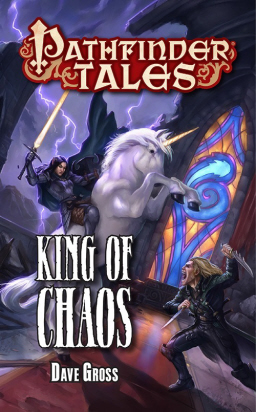 Last week, we announced a contest to win one of five copies of Dave Gross’s new Pathfinder Tales novel, King of Chaos.
Last week, we announced a contest to win one of five copies of Dave Gross’s new Pathfinder Tales novel, King of Chaos.
You still have a week to enter. All you have to do to be eligible to win is send an e-mail to john@blackgate.com with the title “King of Chaos” and a short 2-3 sentence review of your favorite Pathfinder product, novel or short story, before October 1, 2013.
Need a quick primer on Pathfinder? No problem! You can check out the latest right here at Black Gate — including the first chapters of both King of Chaos and Dave’s previous novel, Queen of Thorns.
Want to read a complete story instead? Try Bill Ward’s 4-part tale, “The Box,” or Howard Andrew Jones’s 4-part mini-epic, “The Walkers from the Crypt,” both available for free at Paizo.com as part of their expansive library of free Pathfinder Tales web fiction — which also includes stories from Elaine Cunningham, Richard Ford, Tim Pratt, Ari Marmell, Robin D. Laws, James L. Sutter, Monte Cook, Ed Greenwood, Erik Mona, Richard Lee Byers, and many others.
If you want to try a complete novel, may we suggest Howard’s Plague of Shadows, or Tim Pratt’s Liar’s Blade?
Interested in the Pathfinder game instead? Read all about the latest releases at the Pathfinder Booth at Gencon last month. We also recently covered Ultimate Campaign, Fey Revisited, and Chronicles of the Righteous.
Dave Gross is the author of Prince of Wolves, Master of Devils, and Queen of Thorns. You can read Dave’s introduction to King of Chaos here and his free stories, “Killing Time” and “The Lost Pathfinder“, at Paizo.com.
And when you’re done, don’t forget to send us an e-mail with your one-paragraph review before October 1, 2013. We’ll draw five winners from all eligible entries and those lucky folks will receive a free copy of King of Chaos.
All entries become the property of New Epoch Press. No purchase necessary. Must be 12 or older. Decisions of the judges (capricious as they may be) are final. Terms and conditions subject to change as our lawyers sober up and get back to us. Not valid where prohibited by law. Or anywhere postage for a hefty paperback is more than, like, 5 bucks. Good luck!
 Somehow, when I was growing up, I missed Witch World. Some of the books in the series were always around, as I remember it, in my local libraries and bookstores, but I don’t think I ever read one — if only because I always try to read a series in order, and finding Witch World itself was not always easy. Somewhere along the line, though, I picked up a used copy, and set it aside to be read later. As it happens, there’s been a certain amount of talk about Andre Norton lately,
Somehow, when I was growing up, I missed Witch World. Some of the books in the series were always around, as I remember it, in my local libraries and bookstores, but I don’t think I ever read one — if only because I always try to read a series in order, and finding Witch World itself was not always easy. Somewhere along the line, though, I picked up a used copy, and set it aside to be read later. As it happens, there’s been a certain amount of talk about Andre Norton lately, 
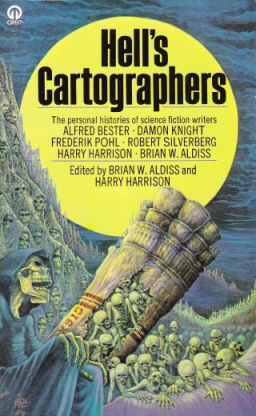
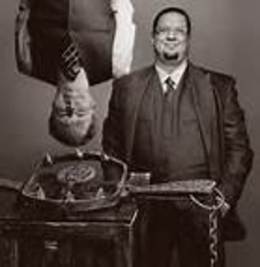
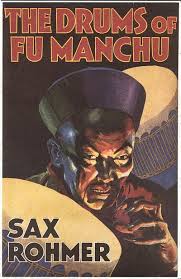
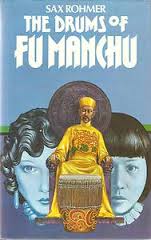

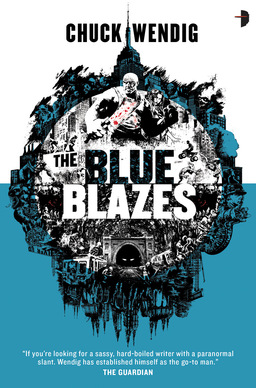
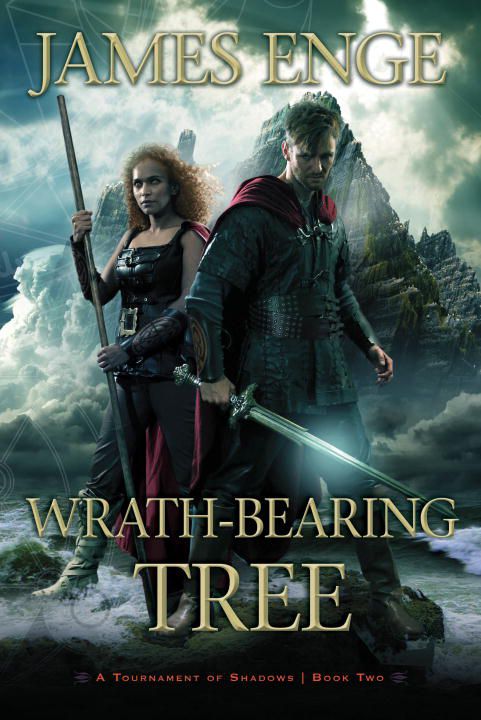 The first time I saw a James Enge novel on the shelf of my local bookstore, I broke into a little dance of jubilation. I’d been reading Enge’s short stories about Morlock the Maker in the pages of Black Gate — this was when BG had literal paper pages — and it was news to me that Enge had made the leap from short fiction to novels.
The first time I saw a James Enge novel on the shelf of my local bookstore, I broke into a little dance of jubilation. I’d been reading Enge’s short stories about Morlock the Maker in the pages of Black Gate — this was when BG had literal paper pages — and it was news to me that Enge had made the leap from short fiction to novels.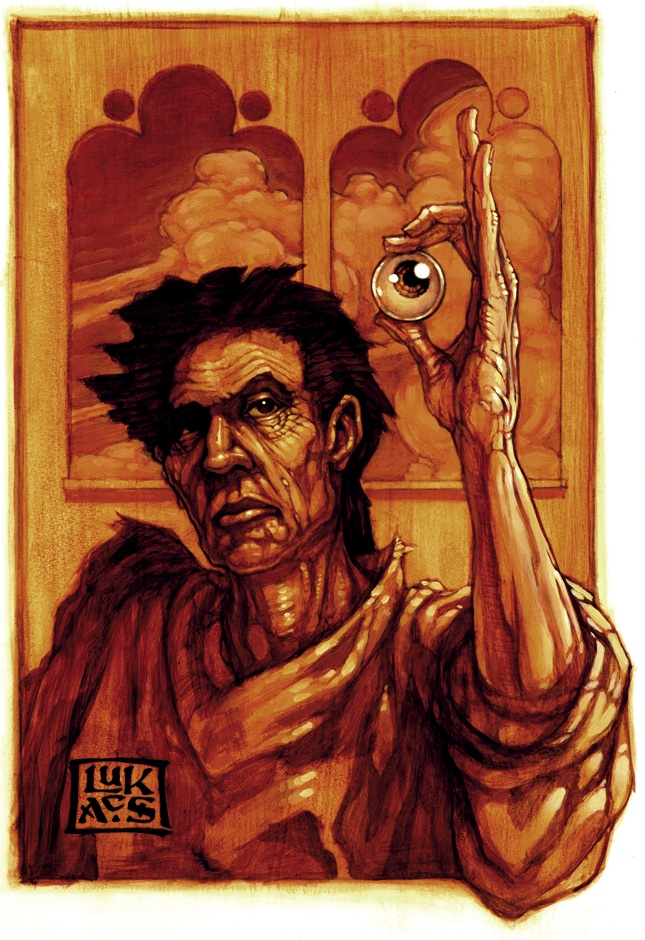 Over the next few years, Enge followed Blood of Ambrose with This Crooked Way and The Wolf Age, and it turned out the one thing better than a Morlock novel was a whole trilogy of Morlock novels.
Over the next few years, Enge followed Blood of Ambrose with This Crooked Way and The Wolf Age, and it turned out the one thing better than a Morlock novel was a whole trilogy of Morlock novels.